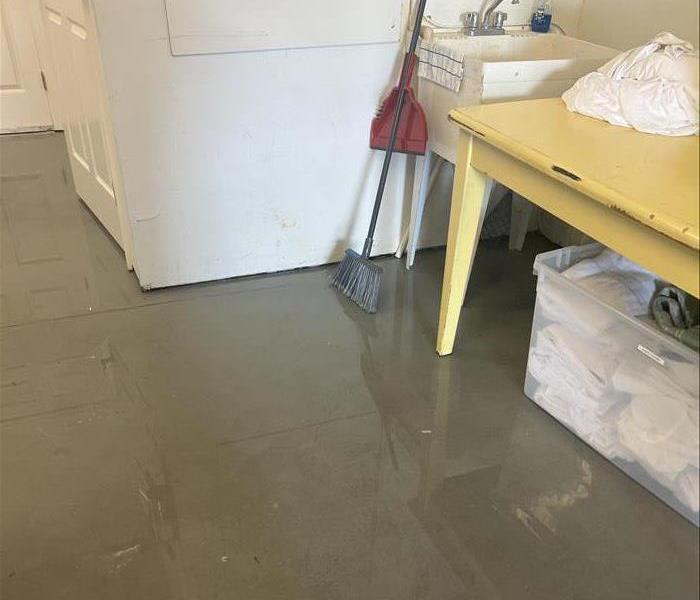Best Practices to Avoid Water Damage: Tips from SERVPRO®
3/25/2024 (Permalink)
Water damage can be a homeowner's worst nightmare, leading to costly repairs, structural damage, and potential health hazards from mold and mildew. Fortunately, there are proactive steps you can take to minimize the risk of water damage in your home. Here are some best practices recommended by SERVPRO®:
1. Regular Maintenance Checks: Conduct routine inspections of your home's plumbing, appliances, and roofing to check for leaks, drips, or signs of wear and tear. Pay attention to areas prone to water damage, such as bathrooms, kitchens, basements, and attics, and address any issues promptly.
2. Fix Leaks Promptly: Don't ignore minor leaks or drips, as they can quickly escalate into major water damage issues. Repair leaky faucets, toilets, and pipes as soon as you notice them to prevent water from seeping into walls, floors, and ceilings.
3. Maintain Gutters and Downspouts: Keep gutters and downspouts clear of debris to ensure proper drainage and prevent water from pooling around your home's foundation. Regularly clean and inspect gutters to prevent clogs and water overflow, which can lead to water seepage into your home.
4. Install a Sump Pump: If your home is prone to basement flooding or groundwater intrusion, consider installing a sump pump to remove excess water and prevent basement flooding during heavy rainstorms or snowmelt. Ensure that your sump pump is in good working condition and test it regularly.
5. Monitor Indoor Humidity Levels: High indoor humidity levels can contribute to moisture buildup and mold growth. Use a hygrometer to monitor indoor humidity levels and use dehumidifiers as needed to maintain optimal humidity levels (ideally between 30% to 50%).
6. Insulate Pipes: Insulate exposed pipes in cold areas of your home, such as crawl spaces, attics, and exterior walls, to prevent them from freezing and bursting during winter months. Proper insulation can help protect your pipes from costly water damage and potential flooding.
7. Be Mindful of Landscaping: Pay attention to the landscaping around your home and ensure that the ground slopes away from the foundation to prevent water from pooling near the structure. Consider installing French drains or other drainage solutions if necessary to redirect water away from your home.
8. Know Your Water Shut-Off Valve: Familiarize yourself with the location of your home's main water shut-off valve and how to quickly shut off the water supply in case of a plumbing emergency or water leak. Acting swiftly to shut off the water can help minimize water damage and mitigate the impact on your home.
By following these best practices and staying proactive about preventing water damage, you can help safeguard your home against costly repairs and the inconvenience of water-related disasters. Remember that prevention is key when it comes to protecting your home and preserving its value for years to come. If you do experience water damage despite your best efforts, don't hesitate to contact the experts at SERVPRO for fast and reliable water damage restoration services.
For more information Click Here

 24/7 Emergency Service
24/7 Emergency Service
